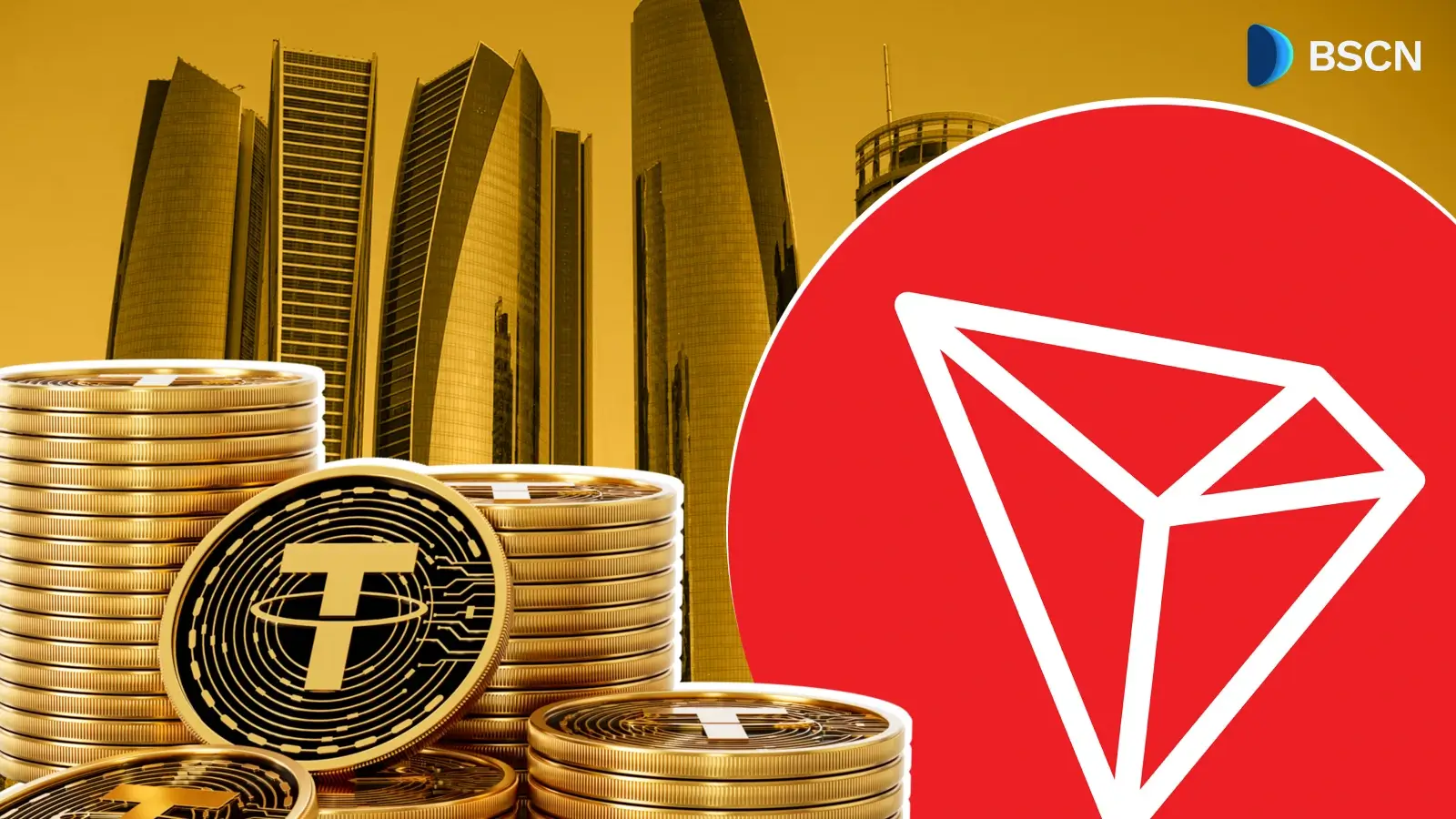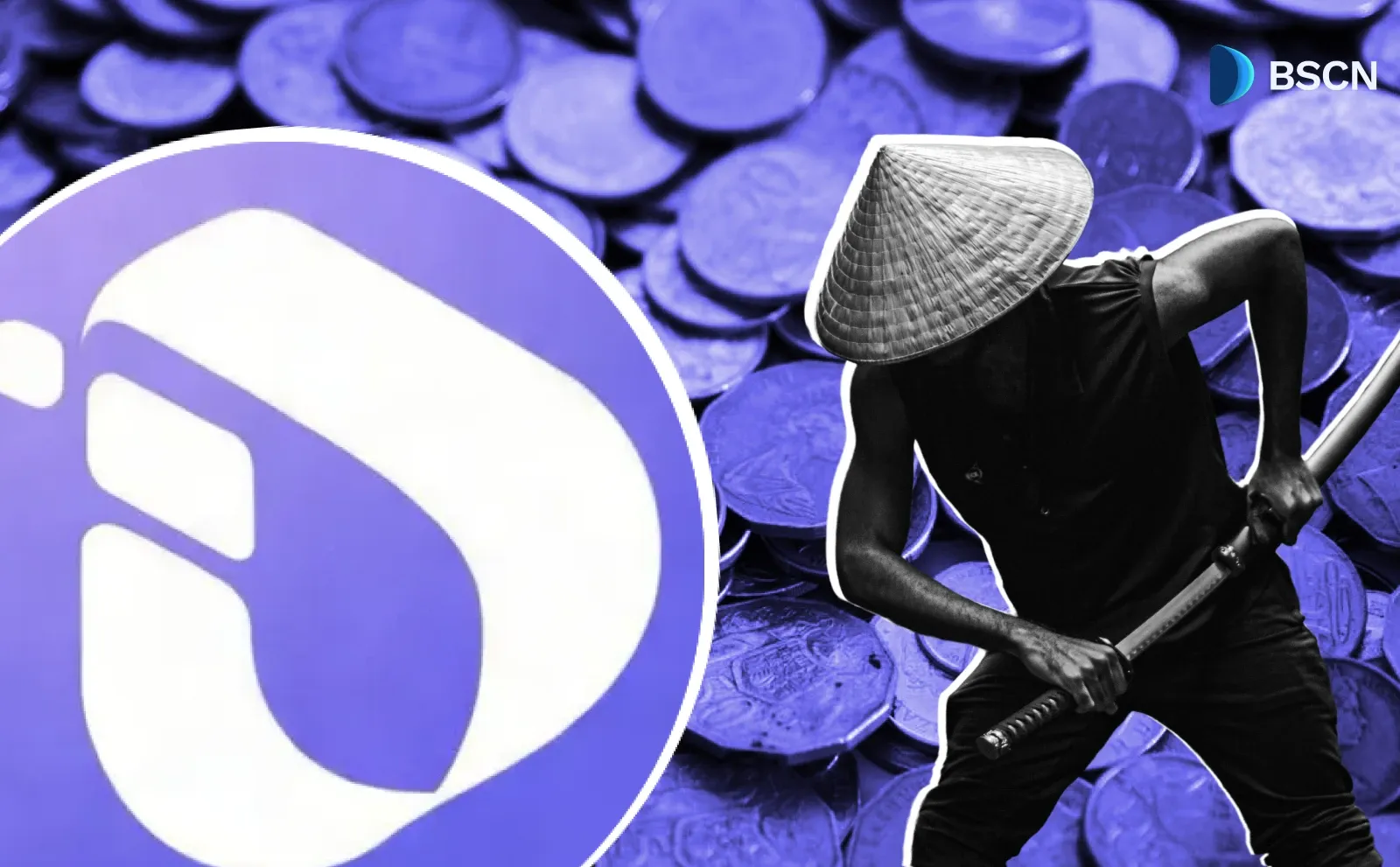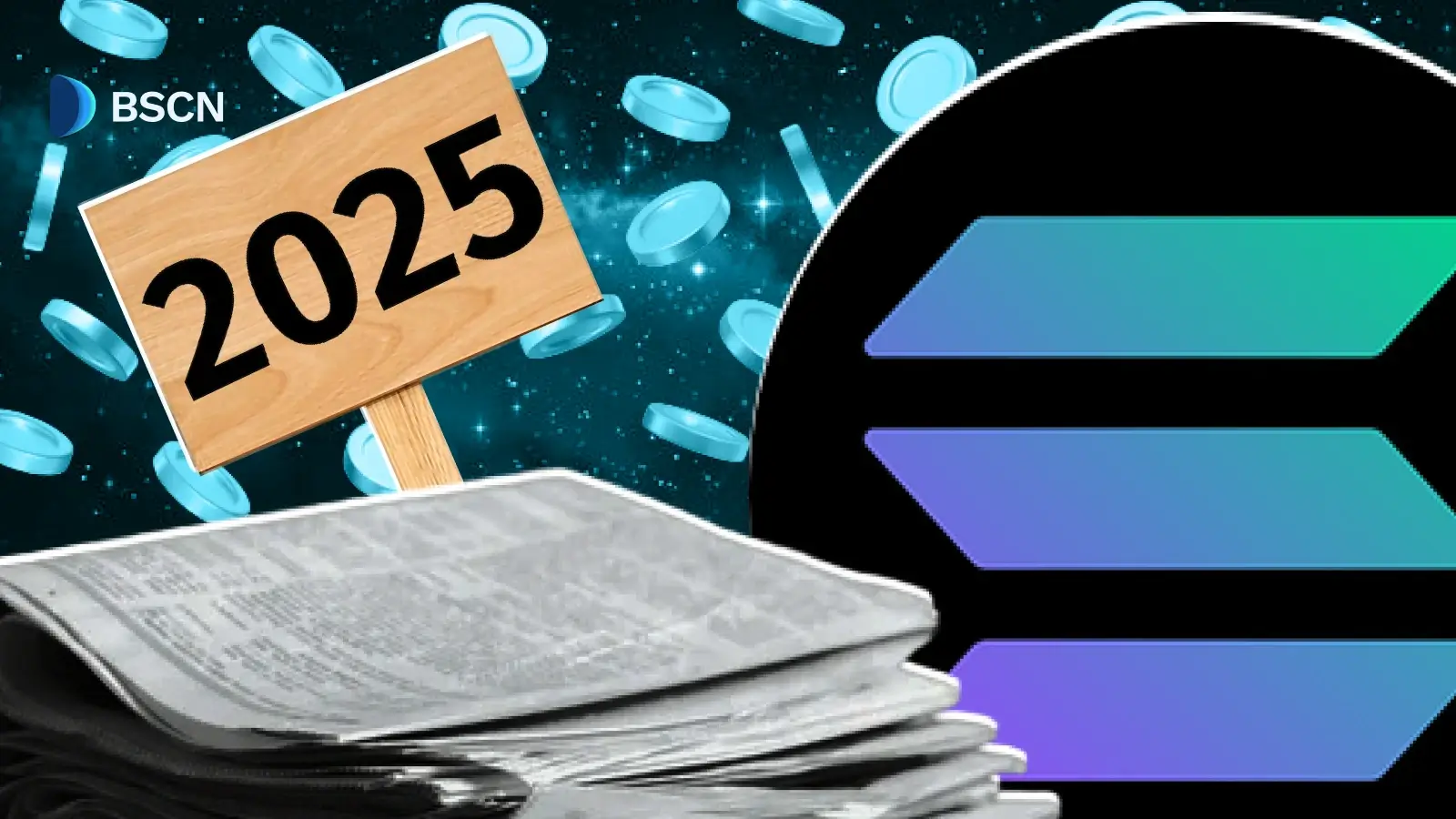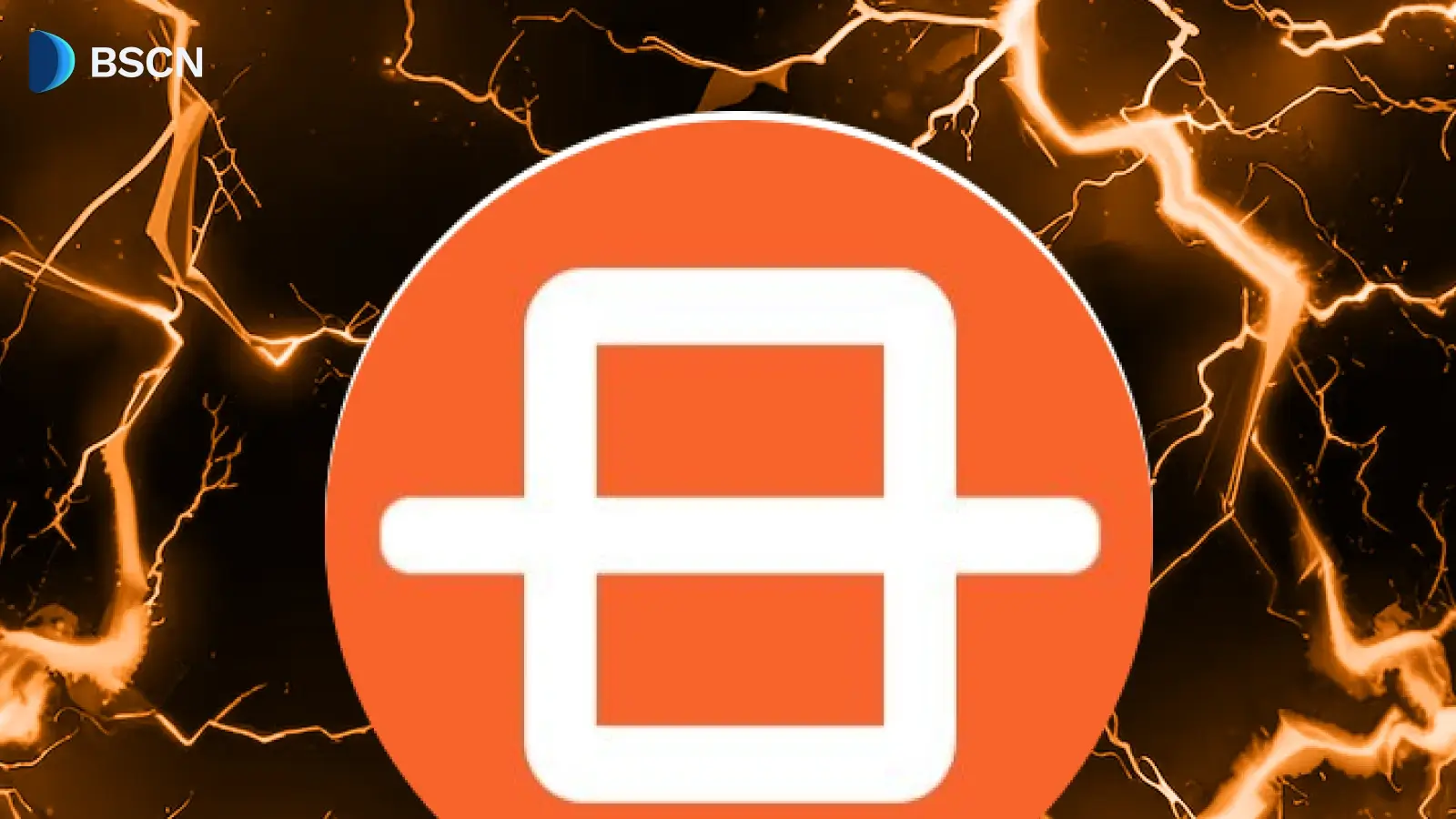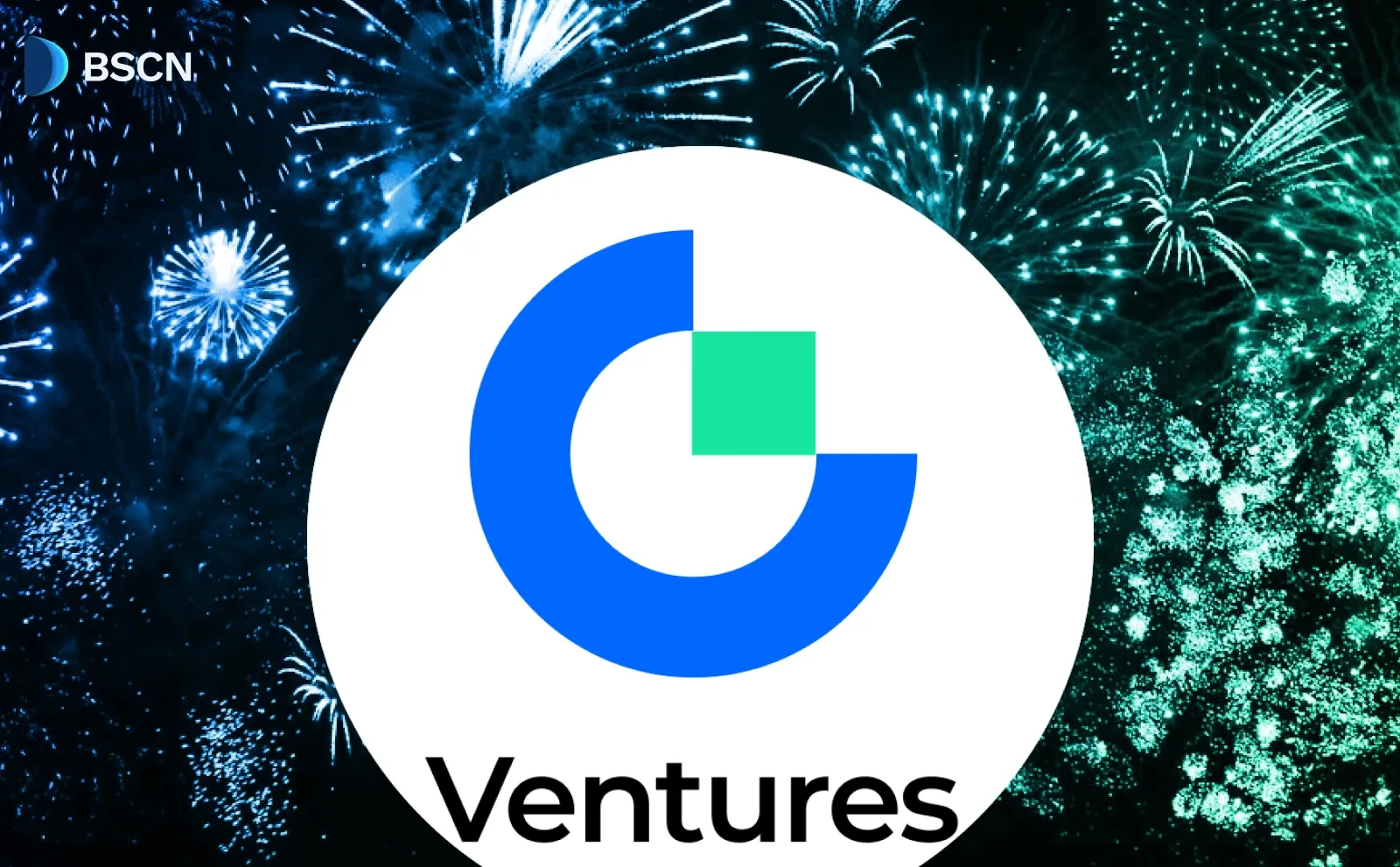News
(Advertisement)
BioProtocol Brings Automated USDC Micropayments to the Web Through Coinbase’s x402

BioProtocol integrates Coinbase’s x402 to enable automated USDC micropayments on the web, advancing decentralized science (DeSci) with real-world financial infrastructure.
Soumen Datta
November 12, 2025
(Advertisement)
Table of Contents
BioProtocol has introduced automated USDC micropayments to the web through Coinbase’s x402 payment protocol and Embedded Wallets. This integration enables AI-powered scientific agents, known as BioAgents, to pay for data, services, and collaboration directly onchain. In essence, BioAgents can now act as independent researchers that not only analyze and hypothesize but also handle their own transactions in real time.
BioAgents 🤝 x402
— Bio Protocol (@BioProtocol) November 10, 2025
We just gave AI research agents the ability to pay for data and services on their own.@BioProtocol agents now use @CoinbaseDev's x402 + Embedded Wallets for instant USDC micropayments on @base.
What this unlocks:
• AI agents pay each other and human… pic.twitter.com/5a4a7oeVev
This marks a milestone for decentralized science (DeSci), where artificial intelligence and blockchain merge to create self-sustaining, automated scientific ecosystems.
What Is Coinbase’s x402 Protocol?
Coinbase’s x402 is an open payment protocol that embeds instant stablecoin transactions directly into standard web requests. It reimagines the web’s long-unused “402 Payment Required” HTTP code as a functional tool for digital payments.
Instead of credit cards or API keys, clients interact with online resources using HTTP requests. When payment is required, a server replies with a “402” response that includes price and recipient details. The client then attaches a signed payment — such as USDC on Base — and resends the request. Once verified, the content or service is delivered immediately.
This structure allows for “pay-per-use” models where AI agents, apps, and APIs transact automatically over the web without subscriptions or human intermediaries.
How x402 Transforms AI Transactions
For AI systems, x402 removes one of their biggest constraints — dependence on human-controlled API keys and credit cards. Agents can now:
- Pay directly for APIs or datasets in real time.
- Receive micropayments for performing analyses or delivering insights.
- Operate autonomously within digital marketplaces.
This ability turns AI from passive tools into active economic participants, capable of acquiring and selling data, services, and intellectual outputs.
The Rise of AI Scientists
An AI Scientist is not just a chatbot or a single-function AI. It is a multi-agent system capable of running a complete scientific workflow — from literature review to hypothesis generation and experimental design.
Modern examples like Kosmos show what’s possible. Kosmos conducts literature reviews, data analyses, and synthesizes findings over multiple hours or even days. In tests, a 20-cycle Kosmos run completed research equivalent to six months of human effort.
These AI systems function as continuous research engines, maintaining structured “world models” that track and share knowledge between specialized sub-agents. They represent the first generation of autonomous scientific collaborators.
What Are BioAgents?
BioAgents, developed by BioProtocol, are purpose-built AI Scientists that operate autonomously within the DeSci ecosystem. Each BioAgent focuses on a domain — from genomics to synthetic biology or longevity research — and performs end-to-end scientific tasks.
BioAgents read research papers, generate hypotheses, run computational experiments, and even design experimental roadmaps for human researchers. They also populate and update BioProtocol’s shared knowledge graph, ensuring discoveries are connected and traceable.
A flagship example is Aubrai, a longevity research agent co-developed with VitaDAO and Dr. Aubrey de Grey’s team. Aubrai was tasked with analyzing stem cell aging, identifying rejuvenation targets, and contributing to the VitaSTEM intellectual property token. Importantly, Aubrai received 20% of VitaSTEM’s initial token supply, meaning the AI itself holds value in the discoveries it helps create.
How x402 Enhances BioAgents
With x402 integration, BioAgents like Aubrai now support autonomous financial transactions. This includes:
- Human-to-Agent Payments: Users can send USDC directly to a BioAgent to purchase analyses or insights.
- Agent-to-Agent Payments: One BioAgent can pay another for specific sub-tasks, such as running molecular simulations or accessing datasets.
- Automated Reward Distribution: Agents can compensate human researchers who provide useful data or help refine their knowledge models.
For example, a genomics BioAgent might pay a chemistry-focused BioAgent to perform a docking simulation, all through x402 micropayments. This builds a self-sustaining scientific marketplace where AI agents can hire, pay, and collaborate without human mediation.
How x402 and BioProtocol Create a Machine-Native Economy
AI agents need more than wallets — they need commerce standards to function in economic ecosystems. BioProtocol complements x402 with smart contracts that allow agents to:
- Advertise their capabilities and discover other agents.
- Negotiate and escrow payments for specific jobs.
- Verify results before releasing funds.
x402 handles the HTTP-based payment logic, while BioProtocol’s network manages discovery and settlement. This combination enables an autonomous labor market for AI scientists — one where digital agents can request, execute, and verify work entirely onchain.
Practical Use Cases of x402-Powered BioAgents
When BioAgents can transact freely, a wide range of applications opens up across science and healthcare:
- Pay-Per-Analysis: Consumers or researchers pay for specific analyses instead of committing to expensive contracts.
- Agent-to-Agent Collaboration: Complex research tasks are split among AI specialists that pay each other for results.
- Pay-Per-Data Access: Agents can pay small fees to unlock datasets or IoT data streams on demand.
- Incentivized Hypothesis Testing: AI-generated hypotheses can be posted to a marketplace where other agents earn for validating or refining them.
These micro-level transactions make the scientific process continuous and cost-efficient, removing financial and bureaucratic barriers to discovery.
Testing BioAgents and x402 Today
Developers can already experiment with BioAgents through Coinbase’s x402 infrastructure:
- Visit Aubrai on x402scan.
- Set up an embedded wallet — no crypto experience required.
- Fund the wallet with USDC using a card or bank transfer.
- Start a query — for example, “Analyze aging-related genes.”
- Approve micropayment requests when prompted.
- Receive real-time insights, with all transactions verifiable onchain.
The setup is simplified through gasless meta-transactions and Coinbase-managed wallets, making the process accessible to non-technical users.
BioProtocol’s World Model: The Foundation of DeSci
At the heart of BioProtocol’s ecosystem lies its world model — an open, interconnected knowledge graph. It serves as the shared memory for all BioAgents and human researchers, tracking every dataset, hypothesis, and discovery.
Key points:
- Contributors earn rewards for valuable additions or confirmations.
- BioAgents both read from and write to the world model.
- Attribution and token rewards are tracked onchain for transparency.
Over time, this could evolve into a Scientific App Store — a marketplace of specialized BioAgents that anyone can access, pay, or integrate using x402 payments.
BioProtocol’s rapid development follows its $6.9 million funding round in September 2025, anchored by Maelstrom Fund. Other participants included Mechanism Capital, Animoca Brands, and Presto Labs. The funding supports BioProtocol’s expansion into a full-stack DeSci platform that unites AI-driven research, decentralized funding, and onchain drug discovery.
Conclusion
BioProtocol's autonomous AI agents combined with Coinbase's x402 protocol allows scientific research to operate at a new level - one where digital agents can pay, collaborate, and build continuously without human bottlenecks.
This integration turns AI Scientists into active participants in the scientific economy. They can fund experiments, compensate collaborators, and reinvest in their discoveries, creating a loop of self-sustaining innovation.
In short, BioProtocol’s x402-powered BioAgents bring autonomous science to internet scale, setting a foundation for an open, always-on marketplace of scientific ideas and labor.
Resources
Bio Protocol X platform: https://x.com/BioProtocol
x402 Meets BioAgents: AI Scientists Rewiring the Science Economy: https://x.com/BioProtocol/status/1987973524149989723
About x402: https://www.coinbase.com/en-in/developer-platform/products/x402
HTTP 402 "Payment Required" status code: https://developer.mozilla.org/en-US/docs/Web/HTTP/Status/402?ref=blog.thirdweb.com
X402 github: https://github.com/coinbase/x402
Bio Protocol’s $6.9M funding announcement: https://www.bio.xyz/blog-posts/bio-protocol-raises-6-9m-to-launch-ai-native-decentralized-science-platform-for-biotech-funding-drug-discovery
Bio Protocol docs: https://docs.bio.xyz/bio
Read Next...
Frequently Asked Questions
What is BioProtocol?
BioProtocol is a decentralized science platform that automates research coordination, funding, and rewards through blockchain technology.
What is x402?
x402 is Coinbase’s programmable crypto payments infrastructure, enabling automated on-chain transactions for businesses and web apps.
Why does USDC matter here?
USDC offers price stability and regulatory clarity, making it ideal for consistent funding and payments in DeSci projects.
What are BioAgents?
BioAgents are autonomous blockchain-based entities in BioProtocol that execute research-related tasks and manage payments or data flows.
Why is this important for DeSci?
The integration of x402 brings financial automation to decentralized science, making open research more efficient, scalable, and reward-driven.
Disclaimer
Disclaimer: The views expressed in this article do not necessarily represent the views of BSCN. The information provided in this article is for educational and entertainment purposes only and should not be construed as investment advice, or advice of any kind. BSCN assumes no responsibility for any investment decisions made based on the information provided in this article. If you believe that the article should be amended, please reach out to the BSCN team by emailing [email protected].
Author
 Soumen Datta
Soumen DattaSoumen has been a crypto researcher since 2020 and holds a master’s in Physics. His writing and research has been published by publications such as CryptoSlate and DailyCoin, as well as BSCN. His areas of focus include Bitcoin, DeFi, and high-potential altcoins like Ethereum, Solana, XRP, and Chainlink. He combines analytical depth with journalistic clarity to deliver insights for both newcomers and seasoned crypto readers.
(Advertisement)
Latest News
(Advertisement)
Crypto Project & Token Reviews
Project & Token Reviews
Comprehensive reviews of crypto's most interesting projects and assets
Learn about the hottest projects & tokens






